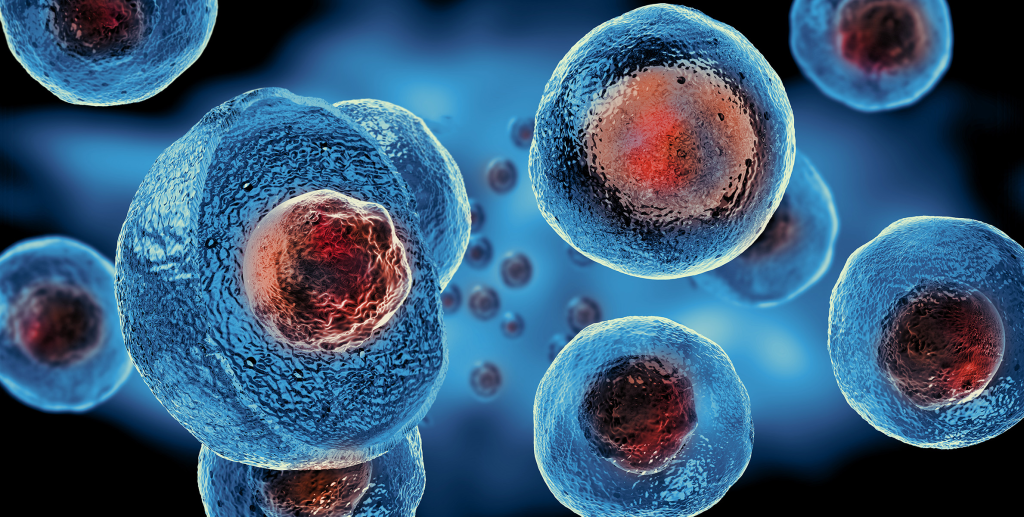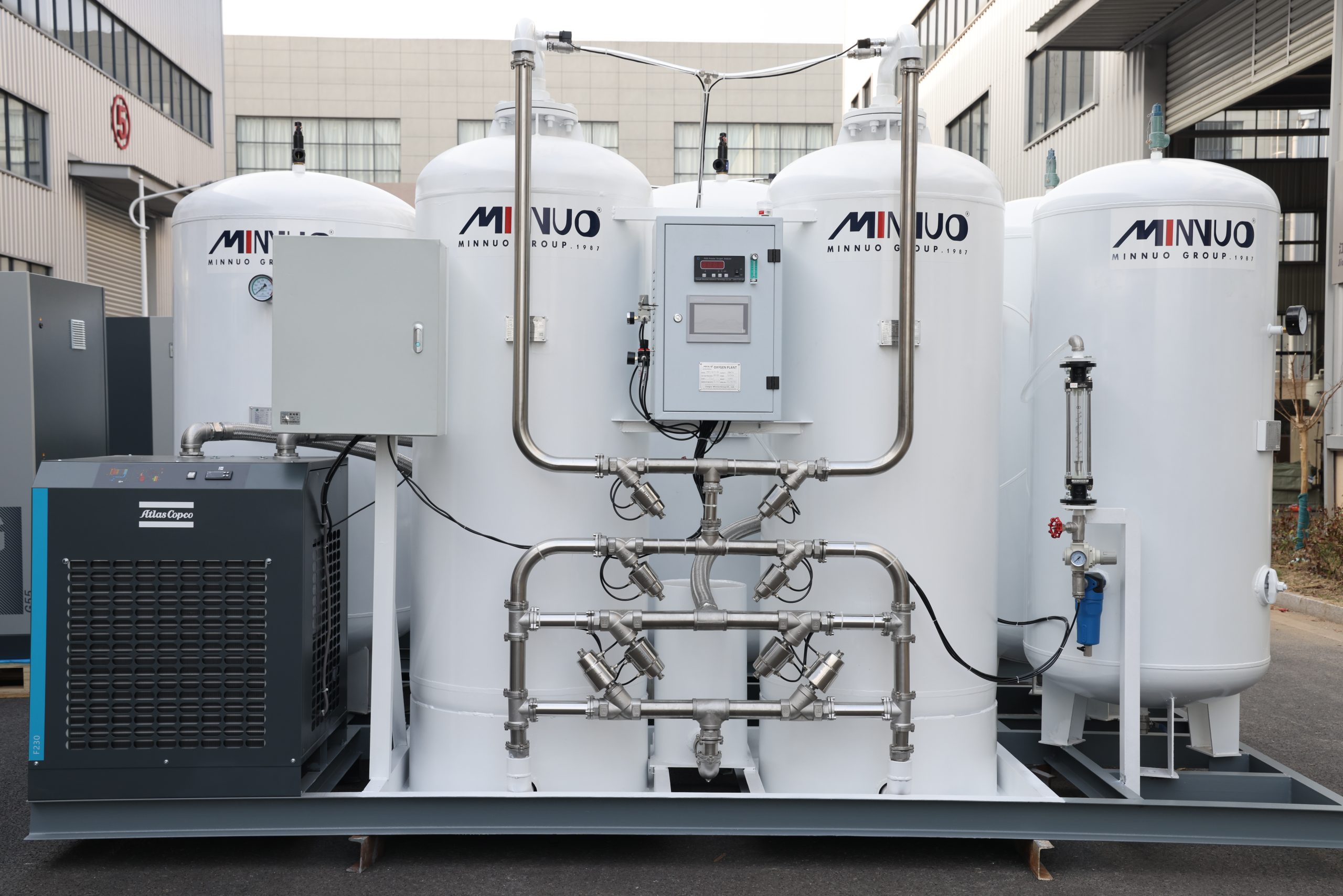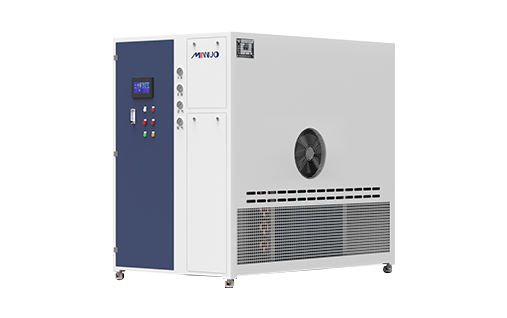Hello, dear readers. Today, let’s talk about Hyperbaric Oxygen Therapy (HBOT). This therapy is a medical technology that places patients in a pressurized environment and inhales pure oxygen to promote healing and repair of the body. In recent years, more and more studies have found that hyperbaric oxygen therapy can not only accelerate wound healing, control infection, and promote nervous system recovery, but may also mobilize stem cells in the body. This discovery raises expectations for the regenerative medicine potential of hyperbaric oxygen therapy. This article will delve into whether hyperbaric oxygen therapy can mobilize stem cells and its potential for clinical applications.
Hyperbaric oxygen therapy successfully activates stem cells and helps accelerate tissue repair by increasing oxygen concentration, promoting the release of growth factors, reducing inflammatory reactions, increasing nitric oxide production and other mechanisms. Scientific research shows that this therapy can significantly increase the number of stem cells, accelerate wound healing and nerve regeneration, and is suitable for clinical applications such as diabetic foot, stroke rehabilitation and fracture healing. Despite facing some challenges, its application in regenerative medicine is promising and is expected to become a standard therapy for the treatment of various diseases.
What is hyperbaric oxygen therapy?
Hyperbaric oxygen therapy is a treatment that improves the body’s oxygen supply by increasing oxygen concentration and pressure. The patient will be placed in a sealed hyperbaric chamber and inhale 100% pure oxygen. In this environment, oxygen is much more soluble and can more easily enter the bloodstream and be transported to tissues throughout the body. This method was initially used primarily to treat decompression sickness, carbon monoxide poisoning and difficult-to-heal wounds, but as research progressed, it was discovered that it had many other benefits.
Stem cells and regenerative medicine
Stem cells are multipotent cells that can differentiate into various types of mature cells and participate in tissue repair and regeneration. They are like the “repair team” in the body, activated when the body is damaged and rush to the damaged area quickly. However, under normal circumstances, stem cells are often in a dormant state. How to effectively awaken and mobilize these “sleeping factories” has always been the focus of regenerative medicine research.

How does hyperbaric oxygen therapy mobilize stem cells?
Hyperbaric oxygen therapy has shown great potential in stem cell mobilization. Scientists have discovered that it can promote stem cell mobilization through the following mechanisms:
Increase oxygen content and improve tissue environment
Hyperbaric oxygen significantly increases oxygen concentration in blood and tissues, providing an ideal microenvironment for stem cells. When tissues are deprived of oxygen, stem cells often fail to activate effectively. In a hyperbaric oxygen environment, tissues receive sufficient oxygen and cell metabolism becomes more active, which creates favorable conditions for the mobilization and differentiation of stem cells.
Promote the release of growth factors
Hyperbaric oxygen therapy can promote the release of a series of growth factors, such as vascular endothelial growth factor (VEGF), basic fibroblast growth factor (bFGF), etc. These growth factors act like “signal lights” that guide stem cells to be released from the bone marrow into the blood, where they can then migrate to damaged tissue to accelerate repair. Under the action of hyperbaric oxygen, the speed of tissue repair can be significantly improved.
Reduce inflammatory response
Hyperbaric oxygen environment can also effectively control the production of oxygen free radicals, thereby reducing chronic inflammatory reactions. Once inflammation is controlled, the repair signals of stem cells will be clearer, and stem cells will be more easily mobilized to areas that need repair to carry out regeneration work.
Increase nitric oxide production
Nitric oxide (NO) plays an important role in blood vessel dilation and cell signaling. Hyperbaric oxygen therapy increases nitric oxide production, promotes blood circulation and stem cell mobilization. The role of nitric oxide is not limited to increasing local blood flow, but also attracting stem cells to areas that need repair, just like pointing the way forward for stem cells.
Scientific evidence supports stem cell mobilization effects of hyperbaric oxygen therapy
Several scientific studies have confirmed the important role of hyperbaric oxygen therapy in stem cell mobilization. For example, one study conducted by US researchers found that after several weeks of hyperbaric oxygen therapy, the number of stem cells in the blood of volunteers increased significantly, reaching up to eight times the normal level. Such growth is impressive and provides a strong scientific basis for the potential application of hyperbaric oxygen therapy.
In animal experiments, hyperbaric oxygen also showed amazing results. For example, in a mouse spinal cord injury model, mice treated with hyperbaric oxygen showed significantly faster functional recovery, which was directly related to the mobilization and activation of stem cells. In addition, some studies on fracture healing, cardiac repair after myocardial infarction, and nerve regeneration after stroke have also shown the positive effects of hyperbaric oxygen therapy.
Clinical application potential of hyperbaric oxygen therapy
Because hyperbaric oxygen therapy can significantly mobilize stem cells, it shows exciting promise in several clinical applications. For example:
Diabetic foot ulcer
Diabetic foot ulcer is a troublesome chronic wound that is very difficult to heal and prone to recurrence. Hyperbaric oxygen therapy accelerates the healing of these refractory wounds by increasing oxygen content in local tissues, promoting angiogenesis and stem cell mobilization. Many patients have significantly improved the speed and effect of wound healing after receiving hyperbaric oxygen therapy.
Neurorehabilitation after stroke
Stroke causes neurological damage, and the recovery process is long and challenging. Hyperbaric oxygen therapy helps patients rebuild damaged neural circuits by promoting the mobilization of stem cells and the regeneration of nerve cells. Clinical trials have shown that patients who receive hyperbaric oxygen therapy recover better in motor and cognitive functions than those who simply undergo conventional rehabilitation training, significantly shortening recovery time.
Fracture healing
Fracture healing is a complex process that requires the proliferation of bone cells and the formation of new bone. Hyperbaric oxygen therapy can speed up the healing process of fractures, especially in patients who heal slowly. For example, some patients with circulatory system problems or other health problems have significantly shortened the healing time of fractures after receiving hyperbaric oxygen therapy. This is mainly due to the mobilization of stem cells and the rapid migration of new cells in the bone marrow to the fracture site.

Advantages and Challenges of Hyperbaric Oxygen Therapy
Advantages
Compared with other stem cell mobilization methods, hyperbaric oxygen therapy has many unique advantages. First of all, it is a non-invasive therapy. There are no complicated and painful procedures such as bone marrow collection or stem cell injection. The treatment process is relatively easy for patients. Secondly, the efficacy of hyperbaric oxygen is rapid and not limited by individual genetic characteristics, and is suitable for various types of diseases and injuries.
In addition, hyperbaric oxygen therapy can also complement other treatments. For example, combined with stem cell transplantation or drug therapy, it can significantly improve overall efficacy. Especially in some complex diseases, single therapy often cannot achieve ideal results, and the addition of hyperbaric oxygen can make all aspects of treatment complement each other.
challenge
However, hyperbaric oxygen therapy is not a panacea, and it also faces some challenges and limitations. For example, the effectiveness of hyperbaric oxygen varies from person to person and is affected by the patient’s health, the timing of treatment, and the specific pathology. Additionally, the relatively high cost of administering hyperbaric oxygen therapy and the expensive equipment may limit its widespread use in certain medical settings.
At the same time, long-term therapy may cause some side effects, such as oxygen toxicity and ear pressure injury. Therefore, patients need to be closely monitored during treatment to ensure the safety and effectiveness of the treatment.
In addition, the specific mechanism of stem cell mobilization by hyperbaric oxygen still needs further study. Although we know that hyperbaric oxygen can promote the release of growth factors and increase the number of stem cells, it is not yet clear how these factors specifically act on stem cells and how to precisely regulate their migration and differentiation. These questions require more large-scale clinical trials in the future to answer.
Outlook and future research directions
Although hyperbaric oxygen therapy has shown great promise in mobilizing stem cells, more clinical trials and in-depth research are needed to realize its full potential. Future research may focus on how to optimize treatment parameters, such as treatment time, frequency and pressure, to find the optimal solution to further enhance the mobilization effect of stem cells.
Additionally, different types of disease and injury may respond differently to hyperbaric oxygen, and future research should focus on these differences to tailor personalized treatments for each condition. For example, the elderly and patients with chronic diseases have fewer stem cells or reduced functions. How to optimize hyperbaric oxygen therapy for these specific groups in the future is a direction worth exploring.
Another promising research direction is combining hyperbaric oxygen therapy with other bioactive substances. For example, stem cell factors, microRNA, etc. may be combined with hyperbaric oxygen to further enhance the mobilization and regeneration capabilities of stem cells. In addition, with the advancement of science and technology, hyperbaric oxygen equipment may also become more convenient and economical. In the future, it is expected to develop miniaturized hyperbaric oxygen equipment suitable for home use, allowing patients to receive treatment at home, further reducing treatment costs and improving availability.
Conclusion
As more research gradually deepens, the application prospects of hyperbaric oxygen therapy in regenerative medicine will be brighter. It may not only become one of the standard treatments for a variety of diseases and injuries, but it may also provide patients with a more comprehensive and effective treatment plan by combining with other regenerative treatment methods. Hyperbaric oxygen therapy is inseparable from the use of hyperbaric oxygen chambers. MINNUO has been deeply rooted in the field of hyperbaric oxygen chamber manufacturing for decades, witnessing the continuous progress of this therapy research and updating and iterating its products accordingly. Let us look forward to this simple and powerful therapy to bring health and hope to more patients.






 sales2:+86 17506119168
sales2:+86 17506119168

